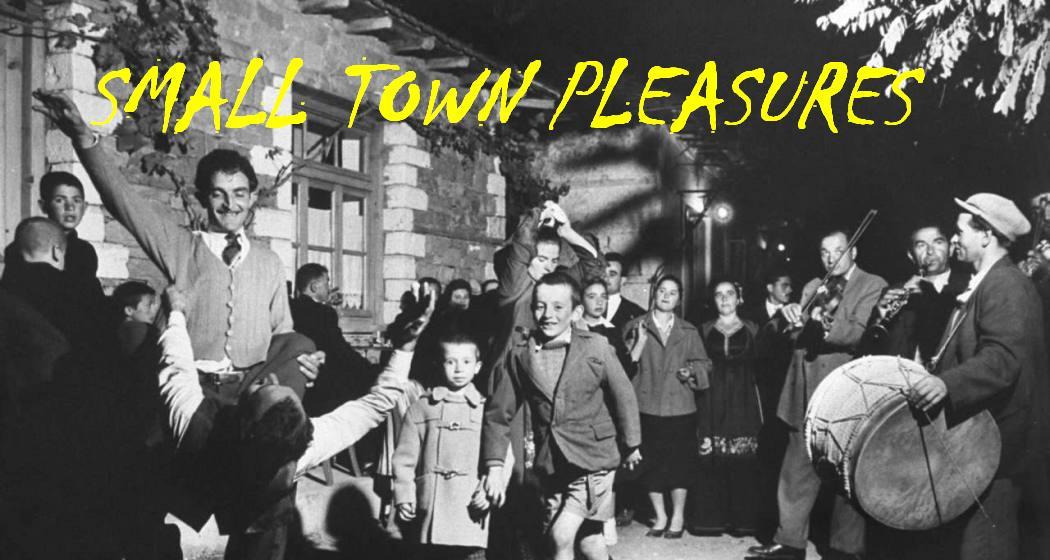


John Renbourn (born 8 August 1944, Marylebone, London, England) is an English guitarist and songwriter. He is possibly best known for his collaboration with guitarist Bert Jansch as well as his work with the folk group Pentangle, although he maintained a solo career both before, during and after that band's existence (1967-1973).
While most commonly labelled a folk musician, Renbourn's musical tastes and interests take in early music, classical music, blues and world music. His most influential album, Sir John Alot (1968), featured his take on songs from the Medieval era.
........................
Renbourn released several albums on the Transatlantic label during the 1960s. Two of them, Sir John Alot and Lady And The Unicorn sum up Renbourn's playing style and material from this period. Sir John Alot has a mixture of jazz/blues/folk playing alongside a more classical/early music style. Lady And The Unicorn is heavily influenced by Renbourn's interest in early music.
At around this time, Renbourn also started playing with Jacqui McShee who sang traditional English folk songs. Together with Bert Jansch, bassist Danny Thompson and drummer Terry Cox, they went on to form Pentangle. The group became very successful, touring America in 1968, playing at Carnegie Hall and the Newport Folk Festival.
Renbourn went on to record more solo albums in the 1970s and 1980s. Much of the music is based on traditional material with a Celtic influence, interwoven with other styles. He also collaborated with American guitarist Stefan Grossman in the late 1970s, recording two albums with him, which at times recall his folk baroque days with Bert Jansch.
Here




































.jpg)

